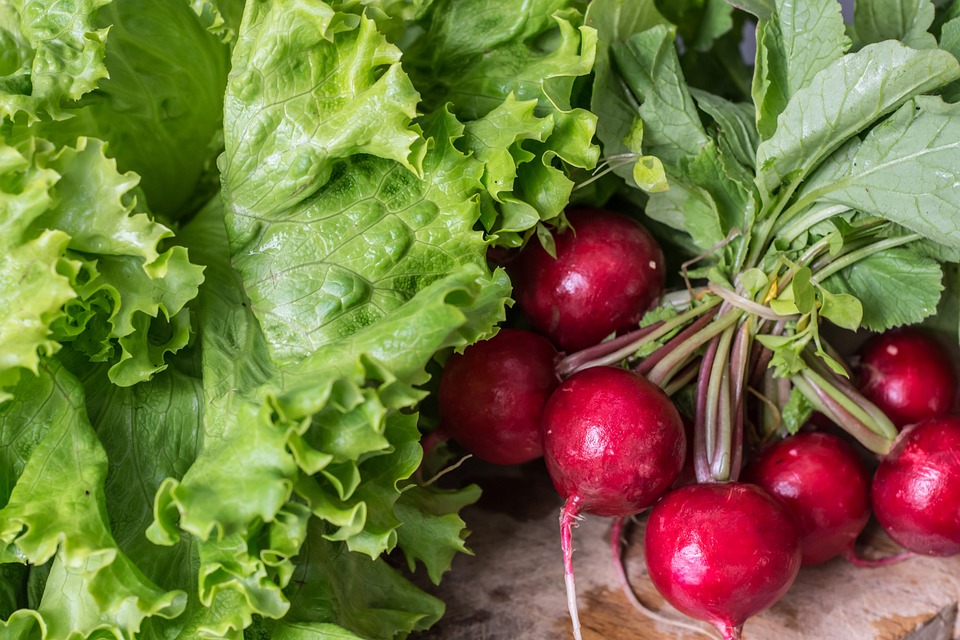The Top Do’s and Don’ts of Solar Panel Cleaning
Living off the grid has been a journey full of ups and downs, but it has also been incredibly rewarding. One of the most crucial aspects of off-grid living is maintaining a reliable source of energy, and for many off-grid dwellers, that means utilizing solar panels. While solar panels are a fantastic way to harness the power of the sun, they require regular maintenance to ensure they continue to operate at maximum efficiency. Over the years, I’ve learned a thing or two about the do’s and don’ts of solar panel cleaning, and today I’m excited to share some of my top tips with you. DO: Invest in a high-quality solar panel cleaning kit. When it comes to cleaning your solar panels, using the right tools can make all the difference. A high-quality solar panel cleaning kit will typically include a non-abrasive brush, a squeegee, and a gentle cleaning solution. These tools are specifically designed to effectively clean your solar panels without causing any damage, ensuring that they continue to produce the maximum amount of energy. DON’T: Use harsh or abrasive cleaning products. One of the biggest mistakes people make when cleaning their solar panels is using harsh or abrasive cleaning products. These can cause damage to the surface of the panels, reducing their efficiency and potentially voiding their warranty. Stick to gentle, non-abrasive cleaning solutions to ensure your solar panels remain in tip-top shape. DO: Clean your solar panels regularly. Regular cleaning is key to ensuring your solar panels continue to operate at their best. Depending on your location and climate, you may need to clean your panels more or less frequently, but a good rule of thumb is to clean them at least a few times a year. Dust, dirt, and other pollutants can build up on the surface of the panels, blocking the sun’s rays and reducing their efficiency. By cleaning them regularly, you can ensure they continue to operate at maximum capacity. DON’T: Clean your solar panels in extreme temperatures or direct sunlight. It’s important to be mindful of when you choose to clean your solar panels. Cleaning them in extreme temperatures, particularly when they are very hot or very cold, can increase the risk of damage. Likewise, cleaning them in direct sunlight can cause the cleaning solution to dry too quickly, leaving streaks and residue behind. The best time to clean your solar panels is in the early morning or late afternoon when the temperatures are milder and the sunlight is less intense. DO: Use a gentle touch when cleaning your solar panels. When it comes to actually cleaning your solar panels, it’s important to use a gentle touch. Avoid scrubbing the panels too vigorously, as this can cause scratches or other damage. Instead, use a non-abrasive brush or sponge and gentle, circular motions to remove any dirt or debris. A squeegee can be helpful for removing excess water and ensuring a streak-free finish. DON’T: Neglect your safety when cleaning your solar panels. While it may seem like a simple task, cleaning your solar panels does come with some risks, particularly if your panels are installed on a rooftop. Always prioritize your safety when cleaning your panels, whether that means enlisting the help of a friend or family member, using a sturdy ladder, or using proper safety equipment. If you’re not comfortable or confident in your ability to safely clean your solar panels, it’s best to hire a professional to do the job. DO: Consider investing in a solar panel cleaning robot. If the thought of climbing onto your roof to clean your solar panels doesn’t appeal to you, you might want to consider investing in a solar panel cleaning robot. These automated devices are designed to move across the surface of your solar panels, removing dirt and debris as they go. While they do require an upfront investment, they can save you time and effort in the long run, and may even prolong the lifespan of your solar panels. Pro Tips: – If you live in an area with heavy rainfall, you may not need to clean your solar panels as frequently, as the rain can help to naturally wash away dirt and debris. – It’s a good idea to keep an eye on your solar panels for any signs of damage or wear, such as cracks, chipping, or discoloration. If you notice any issues, it’s best to address them as soon as possible to prevent further damage. Living off the grid has taught me a lot about self-sufficiency and sustainability, and maintaining my solar panels has been a big part of that. By following these do’s and don’ts of solar panel cleaning, you can ensure that your off-grid energy source continues to operate at peak performance for years to come.









